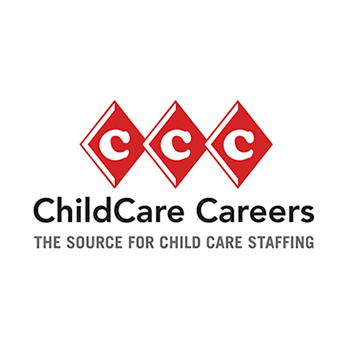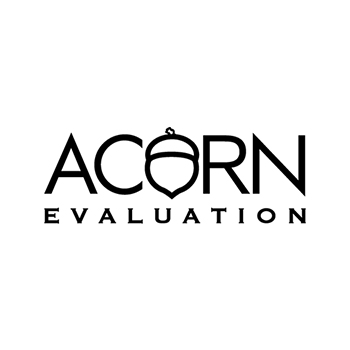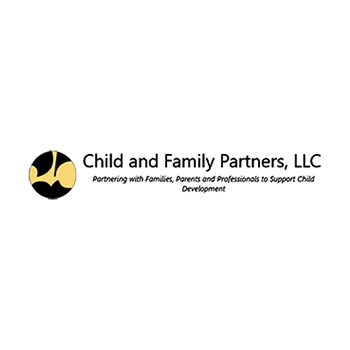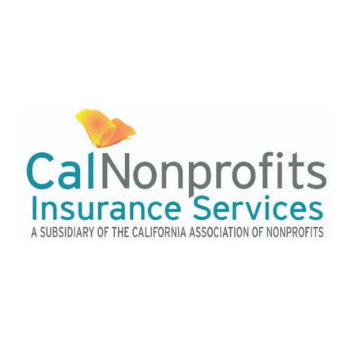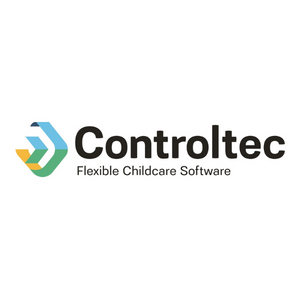“They look to the Captain.” When keynote speaker Galen Emanuele said this during our Managers and Directors Institute May 19-20, it really struck me. It reminded me of the reading I had done while working in the world of K-12 education over the last 30 years. I found the research of Robert Marzano compelling, accessible, an actionable. One of his many contributions to the field was in the area of leadership and change. He identified 21 different leadership responsibilities and correlated the impact of these on school change processes. Don’t worry – I’m not going to review all 21.
Two important notes. First, the research was in the K-12 system. Second, it focused on change that was planned and initiated. But Head Start is not part of the K-12 system, and the change you’ve been experiencing was anything but planned. That said, there is at least one kernel of wisdom that I think may be beneficial to the Head Start world right now. The finding was a surprise. Of the 21 leadership responsibilities, four were negatively perceived during second-order change—deep change that requires major changes in daily practice and/or organizational behavior.
They are:
- Culture: Fostering shared beliefs and a sense of community cooperation. “This is not who we are.”
- Order: Establishing standard routines. “I have no idea what’s going on.”
- Communication: Creating strong lines of communication. “No one told me that.”
- Input: Involving staff in important decisions and policies. “No one asked me.”
Leaders exercise these responsibilities differently, unique to their experience, training, and the needs of the organization. But I think the takeaway is this. Let’s assume you were performing each of these at a certain level prior to COVID-19, and your staff had their perception about them. But COVID-19 is unplanned, second-order change to be sure. So even if you kept performing those responsibilities in the exact same way, staff would likely perceive them more negatively than they did prior to the crisis. Indeed, you might have dramatically improved each of these four processes because of COVID-19, but because staff is still immersed in deep order change, they may still perceive these negatively. It’s important for leaders to understand this, so that when we hear these frustrations, we understand them as part of the tempest. As the captain in the storm, leaders need to:
- Over-communicate your messaging, and risk boring yourself to death by being constant as the northern star.
- Be patient with staff reactions that are normal during deep change.
You have already demonstrated your ability to navigate through an enormous and disruptive change with a steady eye on the horizon, a firm hand on the ship’s wheel, and a calm voice for the crew. Sail on! Wishing all of us calmer seas.
Christopher Maricle
Executive Director
Head Start California
 " width="1600" height="320" alt="Background Image" class="bnr-b" role="presentation">
" width="1600" height="320" alt="Background Image" class="bnr-b" role="presentation">






